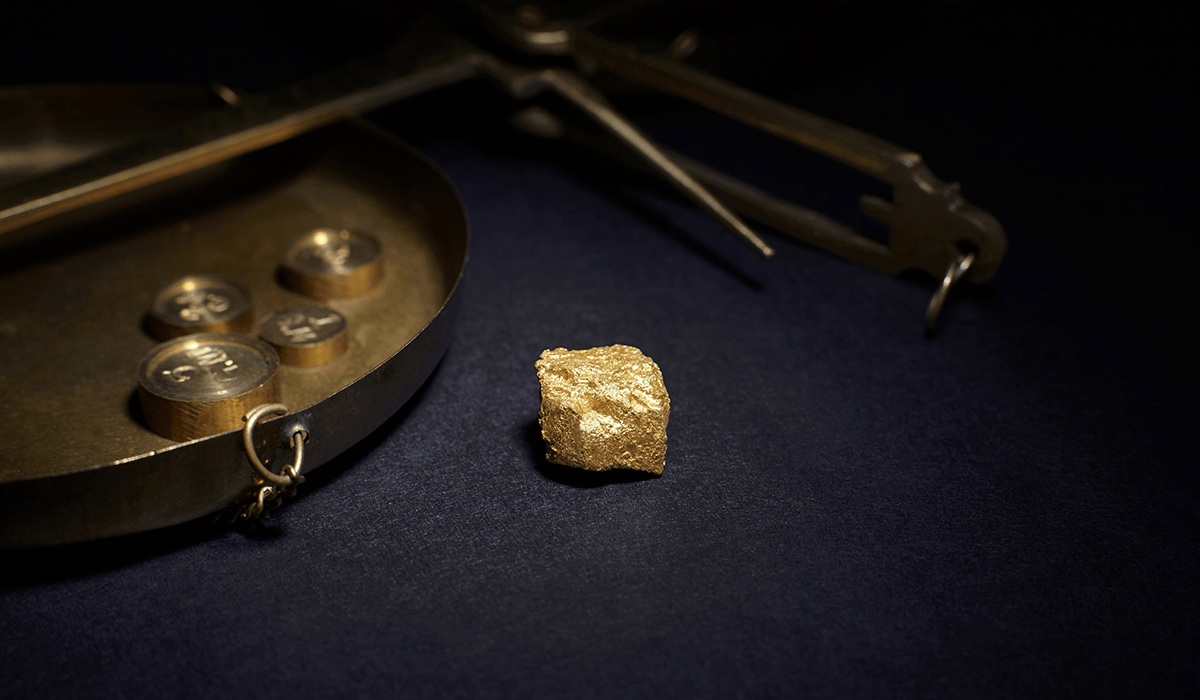- The copper-gold ratio is used by institutional asset managers as a leading indicator for the 10-year Treasury yield.
- The ratio’s utility may weaken under certain market conditions, particularly related to the US dollar.
- Copper and gold have negative correlations with the dollar, as a stronger dollar increases commodity prices for non-dollar buyers.
- The ratio of gold and copper neutralizes the dollar’s effect on their valuations but increases tracking error relative to dollar-influenced instruments like US Treasuries.
- The correlation between the 10-year Treasury yield and the dollar is nuanced, with a weaker dollar correlating with lower yields during a dovish Fed policy and a stronger dollar pushing rates higher during a hawkish Fed policy.
- Dollar-sensitive metrics like the copper-gold ratio may diverge from rates due to positive correlation with the dollar during negative shocks that fuel flight-to-haven flows.
- Shifts in global dollar demand driven by geopolitical factors could act as headwinds for both the dollar and Treasury securities, potentially exacerbating the divergence between the copper-gold ratio and the 10-year yield.
- The utility of the copper-gold ratio and other dollar-sensitive indicators may erode as the dollar and Treasuries increasingly respond to global macro catalysts.

Institutional asset managers use the copper-gold ratio as one of the leading indicators for the 10-year Treasury yield. The ratio’s utility, however, may weaken under certain market conditions, especially related to the US dollar. Both copper and gold are dollar-denominated commodities that exhibit negative correlations with the currency. A stronger dollar increases commodity prices for non-dollar buyers, while a weaker dollar has the opposite effect. The ratio of gold and copper largely neutralizes the dollar’s effect on their valuations but increases tracking error relative to dollar-influenced instruments like US Treasuries.
The correlation between the 10-year Treasury yield and the dollar is nuanced. During a dovish US Federal Reserve policy, a weaker dollar tends to correlate with lower Treasury yields. Conversely, a hawkish Fed policy strengthens the dollar and pushes rates higher. However, during negative shocks that fuel flight-to-haven flows, dollar-sensitive metrics like the copper-gold ratio may diverge from rates due to their positive correlation with the dollar.
Shifts in global dollar demand driven by geopolitical factors could act as headwinds for both the dollar and Treasury securities. This could exacerbate the divergence between the copper-gold ratio and the 10-year yield. Foreign holdings of US Treasuries have already declined in recent years, potentially indicating a trend that may persist. As the dollar and Treasuries increasingly respond to global macro catalysts, the copper-gold ratio and other, less dollar-sensitive, indicators may overlook emerging drivers and erode their utility as indicators.
Author : Editorial Staff
Related Posts






